Different Methods For Brewing Coffee
Espresso Machine: The Heart of Coffee Sophistication
The espresso machine stands as a cornerstone of coffee culture, offering a method to extract coffee under high pressure. This technique delivers a concentrated and rich coffee shot, marked by its signature crema. Ideal for those seeking intensity and depth in flavor, espresso serves as the base for a variety of coffee drinks, including lattes and cappuccinos.
Originating in Italy in the late 19th century, espresso has become a staple in cafes around the world. The first commercial espresso machine was invented by Angelo Moriondo in Turin, Italy and debuted at the Turin General Exposition of 1884. Since then, various improvements and innovations have been made to the original design, resulting in a range of different types of espresso machines available on the market today.
One popular type is the traditional manual lever machine. This machine requires skilled baristas to manually pull down a lever, which applies pressure to extract the coffee. It offers precision and control over every shot, but also requires practice and expertise to achieve consistent results.
Another commonly used type is the semi-automatic machine, which uses an electric pump to apply pressure and extract the espresso. This type of machine still requires some manual input, such as grinding and tamping the beans, but offers more consistency in results compared to a manual lever machine.
For those who prefer a hands-off approach, there are fully automatic machines that handle every step of the process with just the push of a button. These machines use pre-programmed settings to grind, tamp, and extract the coffee automatically, making it easy for anyone to make an espresso at home.
Some espresso machines also come equipped with additional features such as built-in grinders, milk frothers, and multiple group heads for brewing multiple shots at once. These added features can provide convenience and versatility for users with specific preferences or needs.
Regardless of the type of espresso machine, proper maintenance and cleaning are crucial for consistently good results. This includes regularly descaling the machine to remove mineral buildup, keeping the group head clean and free of residue, and using high-quality beans and filtered water for optimal flavor.
In addition to the type of machine, there are also various factors that can affect the taste and quality of a shot of espresso. These include the grind size, brewing temperature, water pressure, and extraction time. Experimenting with these variables can help users find their preferred balance for a perfect shot.
For those looking to take their home espresso game to the next level, investing in a high-end or professional-grade machine may be worth considering. These machines often offer more precise control over all aspects of the brewing process, resulting in a more consistent and flavorful shot.
Another important aspect to consider when making espresso is the maintenance of the machine. Regular cleaning and descaling are crucial for ensuring that the machine continues to function properly and produce quality shots. This includes regularly cleaning the drip tray, portafilter, and steam wand, as well as periodically calling the machine to remove mineral buildup.
Keeping the group head clean and free of residue is also essential for maintaining optimal flavor. This can be done by regularly wiping down the group head with a damp cloth after each use.
In addition to proper maintenance, using high-quality beans and filtered water is key for achieving great tasting espresso. Beans should be freshly roasted and ground just before brewing for maximum flavor. Using filtered water.
AeroPress: The Adventurer’s Brew
The AeroPress is a modern coffee brewing invention that combines the principles of pressure and immersion. Portable and versatile, it allows for a quick brewing process, producing coffee that’s rich in flavor yet low in acidity and bitterness. Its compact design and ease of use make it a favorite among travelers and home brewers alike. With just a few simple steps, you can achieve a perfect cup of coffee wherever you go.
To begin, gather your AeroPress and filters, freshly roasted beans, and filtered water. The first step is to heat up your water to around 175-185°F (79-85°C). This temperature range is ideal for extracting the best flavors from the coffee without over-extraction or scalding.
While the water is heating up, grind your beans to a fine consistency. Using a burr grinder will ensure even grounds and optimal extraction. Once the water has reached the desired temperature, wet your filter with hot water and place it inside the cap of the AeroPress. Twist on the cap tightly onto the chamber.
Next, add in one scoop of coffee grounds (around 17 grams) into the chamber and shake it to level the grounds. Then, pour in your hot water until it reaches the number “1” mark on the side of the chamber. Give it a gentle stir with a spoon or AeroPress paddle for about 10-15 seconds.
After, place the plunger on top of the chamber and slowly press down with even pressure. The entire process should take around 20-30 seconds. You’ll know you’ve reached the end when you hear a hissing sound.
Now comes the fun part – experimenting with different brewing techniques! You can try varying your brew time, grind size, and water temperature to see what works best for your taste preferences. Some people enjoy a longer brew time for a bolder, stronger cup of coffee while others prefer a shorter brew time for a lighter, more delicate flavor.
Don’t be afraid to play around with different variables and take note of what you like best. The AeroPress is known for its versatility and allows you to create a wide range of flavors depending on your brewing method. You can also try using different types of filters – paper, metal, or cloth – to see how they affect the taste of your coffee.
Another great thing about the AeroPress is its portability. It’s lightweight and compact, making it perfect for camping trips, road trips, or even just traveling to work. Plus, it’s easy to clean up after use – simply remove the filter and grounds, give it a quick rinse, and you’re good to go.
But the AeroPress isn’t just for hot coffee – it’s also great for creating iced coffee or cold brew. Simply add ice or cold water to your brewed coffee and voila! You have a refreshing summer drink in minutes. The AeroPress is also perfect for making espresso-like shots that can be used as a base for lattes, cappuccinos, and other specialty drinks.
One of the best things about using an AeroPress is that it allows you to control every aspect of your brewing process. From the grind size and water temperature to the amount of pressure applied during plunging – everything is in your hands. This level of control ensures that you are getting the perfect cup of coffee every time.
Not only does the AeroPress produce delicious coffee, but it is also incredibly easy to clean. Unlike traditional French presses or pour-over methods, there are no messy filters or grounds to deal with. Simply pop out the used coffee puck and give it a quick rinse – that’s it! The compact design makes it perfect for traveling or camping trips where you still want to enjoy a great cup of coffee.
But don’t just take our word for it – the AeroPress has won numerous awards and has a cult following among coffee enthusiasts. It’s no wonder why, with its versatility, ease of use, and ability to consistently produce high-quality coffee. Give it a try and join the ranks of happy AeroPress users.
Drip Coffee Maker: The Reliable Classic
Drip coffee makers automate the pour-over process, consistently brewing a balanced and straightforward cup of coffee. By dripping hot water over ground coffee, it filters through and extracts the coffee’s flavors and aromas directly into a carafe or pot. It’s the go-to method for serving multiple people, blending convenience with tradition.
While drip coffee makers may lack the customization options of the AeroPress, their simplicity and reliability make them a staple in many households. They are also often more affordable than other brewing methods, making it a great option for those on a budget.
One downside of drip coffee makers is that they can take longer to brew than other methods, as the water needs to heat up and slowly drip through the grounds. However, many models now include programmable timers, allowing you to wake up to a freshly brewed pot of coffee.
Another advantage of using a drip coffee maker is that it allows for a larger batch of coffee to be made at once. This makes it perfect for gatherings or offices where multiple cups are needed.
There are also several variations within the world of drip coffee makers, such as pour-over systems, which involve manually pouring hot water over the grounds in a similar fashion to an AeroPress. These offer more control over the brewing process while still utilizing the convenience of a machine.
Pour-Over: The Artisan’s Choice
Pour-over coffee making is a hands-on brewing method that allows complete control over the brewing time and temperature. By carefully pouring hot water over coffee grounds in a filter, the coffee is extracted into a carafe or mug below. This method highlights the unique characteristics of coffee beans, offering clarity and complexity in the cup. It is also a favorite among coffee enthusiasts who enjoy the ritual and precision that goes into making the perfect cup.
One popular pour-over system is the Chemex, which features a sleek hourglass-shaped carafe and uses specially designed filters to produce a clean and flavorful cup of coffee. Another well-known option is the Hario V60, with its distinctive ridged cone shape. Both of these methods require a bit more patience than traditional drip coffee makers, but many people find the end result to be worth it.
The Benefits of Pour-Over Coffee
Aside from being able to control every aspect of the brewing process, pour-over coffee has several other benefits. One is that it allows for a single cup or small batch brewing, making it ideal for individuals or couples who don’t need a full pot of coffee. Additionally, the filters used in pour-over systems are designed to remove any sediment or oils from the coffee grounds, resulting in a cleaner and smoother cup of coffee.
Another advantage of pour-over coffee is its versatility. With different sizes and shapes of brewers available, you can adjust the brewing method to suit your taste preferences. For example, a finer grind size and slower pouring technique will result in a stronger and more complex flavor profile, while a coarser grind and faster pour will produce a lighter-bodied cup.
The Art of Pour-Over Coffee
While making pour-over coffee may seem simple enough – just add hot water to ground coffee – there is actually an art to achieving the perfect cup. It requires attention to detail and precise technique, making it a popular method among coffee enthusiasts.
The first step in making pour-over coffee is choosing the right equipment. Most commonly used are ceramic or glass drippers with paper filters, but there are also metal or cloth filters available for a different style of brewing. The key is to find a filter that will allow the water to flow evenly through the grounds without any excess dripping.
Next, comes the most important part – selecting high-quality fresh beans and grinding them just before brewing. This ensures maximum flavor extraction and prevents loss of aroma and taste over time.
Once your equipment is set up and your beans are ground, it’s time to start pouring. The ideal water temperature for pour-over coffee is between 195-205 degrees Fahrenheit. Too hot and the coffee will taste burnt, too cold and it won’t extract properly.
Begin by wetting the filter with hot water to remove any paper taste and preheat your mug or carafe. Then add your desired amount of freshly ground coffee into the filter, making sure it is evenly spread out.
Start pouring hot water over the grounds in a circular motion, starting from the center and working your way outwards. This allows for even saturation of the grounds and helps release all the flavors.
Continue pouring until you have reached your desired amount of coffee. The general rule is to use a ratio of 1:17 – one part coffee to seventeen parts water. However, feel free to adjust this based on personal preference.
Once you have finished pouring, let the coffee drip through the filter completely before removing it. You can then discard the used grounds and enjoy your perfectly brewed cup of coffee!
Remember to always use freshly ground coffee for the best taste. Storing coffee beans in a cool, dry place will help maintain their freshness. And don’t forget to clean your equipment regularly to prevent any buildup of old oils and residues that can affect the taste of your brew.
With these simple tips, you’ll be able to make a delicious cup of coffee every time with just a few easy steps. Happy brewing!
Chemex: The Blend of Art and Science
The Chemex employs a pour-over method but with a distinctive hourglass-shaped vessel made of glass. It uses a thicker paper filter, resulting in a coffee that’s clean and pure with reduced oils and sediments. Its elegant design not only brews a delightful cup but also serves as a statement piece in any kitchen.
The Chemex was invented in 1941 by German chemist Dr. Peter Schlumbohm, who believed that brewing coffee is a blend of art and science. He wanted to create a device that would showcase the beauty of both aspects while producing a perfect cup of coffee.
The design of the Chemex has remained unchanged since its creation, which speaks volumes about its effectiveness and reliability. Its cone-shaped filter allows for proper extraction of flavors without any bitterness, resulting in a smooth and balanced cup of coffee every time.
Using the Chemex may seem intimidating at first, but with practice and patience, you’ll be able to master the art of brewing with it. Start by heating your water to just below boiling point and rinsing the paper filter with hot water to remove any paper taste. Next, add your desired amount of freshly ground coffee into the filter and make a small indentation in the center.
Pour a small amount of hot water over the grounds, just enough to saturate them evenly. This step is called “blooming” and allows for carbon dioxide to be released from the coffee, resulting in better extraction. After 30 seconds, continue pouring hot water in a circular motion, making sure to cover all the grounds evenly.
The entire brewing process should take about 3-4 minutes, depending on your preferred strength of coffee. Once it’s done dripping, remove the filter with grinds and dispose of them. Serve your perfectly brewed Chemex coffee and savor every sip.
Not only does the Chemex method produce a clean and balanced cup of coffee, but it also looks elegant and stylish on your kitchen counter. Plus, its non-porous glass material makes for easy cleaning and maintenance.
The Chemex is not just limited to making coffee; it can also be used to make tea, iced coffee, or even cold brew. Simply adjust the amount of water and grounds according to your desired beverage.
Some tips to enhance your Chemex brewing experience: use freshly roasted beans, grind them right before brewing for maximum freshness, and experiment with different ratios of water to grounds until you find your perfect cup. With practice and patience, you’ll become a Chemex master in no time.
So why wait? Upgrade your morning routine with the Chemex and enjoy a perfectly brewed cup of coffee every time. Cheers to delicious mornings!
French Press: The Bold and Full-bodied Brew
The French press, or press pot, is a beloved method for its simplicity and the full-bodied coffee it produces. Coarse coffee grounds steep in hot water for several minutes before being separated by a metal or nylon filter. This method retains the coffee’s natural oils, delivering a rich and robust flavor profile.
French Press: The Bold and Immersive Experience
For coffee lovers who enjoy a bold and full-bodied cup of coffee, the French Press is the way to go. This method involves steeping ground coffee in hot water for several minutes before pressing down a plunger to separate the grounds from the liquid. This process results in a rich and flavorful cup of coffee with minimal sediment.
The French Press allows for more control over brewing time and temperature, allowing users to experiment and find their perfect cup. It’s also a great option for those who prefer a stronger cup of coffee, as the longer steeping time allows for more extraction of flavor from the beans.
One unique aspect of the French Press is its ability to retain the coffee’s natural oils, which can be lost in other brewing methods. This results in a fuller and more complex flavor profile that truly captures the essence of the beans used.
To use a French Press, simply add coarsely ground coffee to the bottom of the press and pour hot water over it. Let it steep for 4-5 minutes before pressing down on the plunger to separate the grounds from the liquid. Pour into your favorite mug and enjoy!
While some may argue that French Press coffee can be a bit stronger or even bitter, this can easily be adjusted by changing the ratio of coffee to water or the steeping time. This level of control makes it a popular choice among coffee enthusiasts who want to customize their brew to their liking.
Additionally, French Presses come in various sizes and materials, making it a versatile option for both solo coffee-drinkers and larger groups. They are also relatively easy to clean and maintain, with most parts being dishwasher safe.
If you’re looking for a simple yet flavorful way to brew your morning cup of joe, give the French Press a try. With its unique brewing process and customizable options, it’s no wonder why many coffee lovers swear by this method. So grab your favorite beans and start pressing!
Siphon Coffee Maker: The Theatrical Showpiece
A siphon coffee maker uses vacuum and vapor pressure to brew coffee, combining spectacle with precision. It heats water in a lower chamber until expansion forces it into an upper chamber containing coffee grounds. As the heat source is removed, coffee is drawn back down through a filter, resulting in a clean and vibrant cup. It may take a bit longer than other brewing methods, but the end result is well worth the wait.
Pour Over Perfection
For those who appreciate a more hands-on approach to coffee making, the pour over method is for you. This technique involves manually pouring hot water over coffee grounds in a filter, allowing for greater control and customization of your brew. With practice, you can perfect your pour over technique and achieve a smooth and clean cup of coffee every time.
Iced Coffee Anyone?
During those hot summer months, iced coffee becomes a necessity for many caffeine enthusiasts. But instead of just pouring hot brewed coffee over ice and ending up with a watered-down mess, why not try cold brewing? By steeping coarse ground beans in cold water for 12-24 hours, you can create a flavorful and refreshing cold brew coffee. Plus, it stays fresh in the fridge for up to two weeks, making it a convenient option for those busy mornings.
Moka Pot: The Stovetop Espresso Maker
Often referred to as a stovetop espresso maker, the Moka pot brews coffee by passing boiling water pressurized by steam through ground coffee. It’s known for producing a strong, concentrated coffee similar to espresso but without the need for an expensive machine. Perfect for those who enjoy a robust coffee flavor, the Moka pot is compact and easy to use, making it a popular choice among coffee lovers.
Why decide on a Moka Pot wheel it has certain features which are unique to it. The Moka pot is made of two chambers, with the bottom chamber used for placing water and the top one for holding the ground coffee. As the water boils in the bottom chamber, steam builds up and pushes through the coffee grounds, resulting in a rich and intense brew.
What sets the Moka pot apart from other brewing methods is its ability to create a thick layer of crema on top of your coffee, similar to what you would find in a traditional espresso shot. This crema adds a creamy texture and enhances the flavor profile of your coffee, giving it a more authentic taste.
Another advantage of using a Moka pot is that it allows you to control the strength and intensity of your coffee. By adjusting the amount of ground coffee used.
CONCLUSION
To Conclude there are a number of different brewing methods available to create the perfect cup of coffee. Experiment with different techniques and find what works best for you. Remember, the key is using quality beans and experimenting with ratios and brewing times to achieve your desired flavor profile. Whether it’s a classic French press or a trendy cold brew, there’s a method out there for everyone. So go ahead, explore, and enjoy your freshly brewed cup of coffee! Here are a number of points to remember while making your cup of coffee.
1.The Art of Espresso
For those who enjoy a more intense and concentrated cup of coffee, espresso is the way to go. The key to mastering this method is ensuring that your equipment is calibrated correctly and using finely ground beans. With practice, you can learn how to properly tamp the grounds and extract the perfect shot of espresso every time. And with its versatility, you can use espresso as a base for various drinks such as lattes, cappuccinos, and macchiatos.
2. Flavorful Additions
Coffee isn’t just about the beans and brewing methods, it’s also about the flavorings and add-ins. From syrups to spices, there are endless possibilities for creating a unique and personalized cup of coffee. Some popular flavorings include vanilla, caramel, hazelnut, and chocolate. For those looking for a healthier option, adding spices like cinnamon or nutmeg can add depth and complexity to your cup without added sugar.
3. Sustainable Sips
As society becomes more environmentally conscious, so does our coffee consumption. Many coffee shops now offer sustainable options such as organic beans and biodegradable cups. And at home, you can switch to using reusable filters or even invest in a compostable alternative. By making small changes like these, we can all do our part in reducing waste and supporting sustainable coffee production.
4. Coffee-Infused Treats
Who says you can only drink your coffee? With its rich and bold flavor, coffee can be used in a variety of baked goods and desserts. From classic favorites like tiramisu and coffee cake to more creative recipes like espresso brownies or mocha muffins, there are endless possibilities for incorporating coffee into your sweet treats. Plus, the caffeine kick from these indulgent snacks is sure to give you an extra boost throughout the day.
5. Brewing Methods
Beyond the traditional drip coffeemaker, there are many other methods for brewing that can result in a unique and delicious cup of joe. French press, pour-over, cold brew, and even Turkish-style brewing all offer different flavor profiles and intensities. Experimenting with these methods can open up a whole new world of coffee appreciation.
6. Coffee Roasting
The roasting process is what gives coffee its distinct taste and aroma. There are various levels of roasting, from light to dark, each producing a different type of bean. Lighter roasts tend to have more caffeine and brighter flavors, while darker roasts have a stronger, bolder taste. Some coffee connoisseurs even roast their own beans at home for the freshest cup possible.
7. Fair Trade Coffee
Supporting fair trade coffee means supporting ethical and sustainable practices in the coffee industry. This ensures that farmers and workers are paid fair wages and work in safe conditions. By choosing fair trade coffee, you are not only getting a great cup of coffee but also making a positive impact in the world.
8. Specialty Coffee
Specialty coffee is a term used to describe high-quality beans that have been carefully sourced and roasted. These beans often come from specific regions or farms, allowing for unique flavors and profiles. Specialty coffee also tends to be more expensive due to its limited supply and high quality standards. However, many argue that the taste and experience are worth the price.
Remember breakfast with coffee or coffee for breakfast if that is your thing could be just the start your day needs, these methods are not the full description of how to get that delicious cup of coffee you crave.
For more detailed exploration and technical descriptions of each method, consider referencing authoritative coffee education platforms and barista training resources. These methods offer a wide range of tastes and experiences for coffee enthusiasts to explore and enjoy.
For deeper insights and to validate the information about coffee brewing methods, consider referencing these authoritative sources:
- Specialty Coffee Association (SCA) – https://sca.coffee: Offers comprehensive research, standards, and practices for high-quality coffee.
- National Coffee Association USA (NCA) – https://www.ncausa.org: Provides a wealth of information on coffee trends, brewing techniques, and coffee health information.
- Barista Institute – https://www.baristainstitute.com: A platform for barista training and coffee education, including detailed brewing guides.
- European Coffee Brewing Centre (ECBC) – https://www.ecbc.info: Focuses on coffee brewing excellence and certification of brewing equipment.
- World Coffee Research (WCR) – https://worldcoffeeresearch.org: Engages in scientific research to increase coffee quality and sustainability.
These resources can provide comprehensive insights into the art and science of coffee brewing.
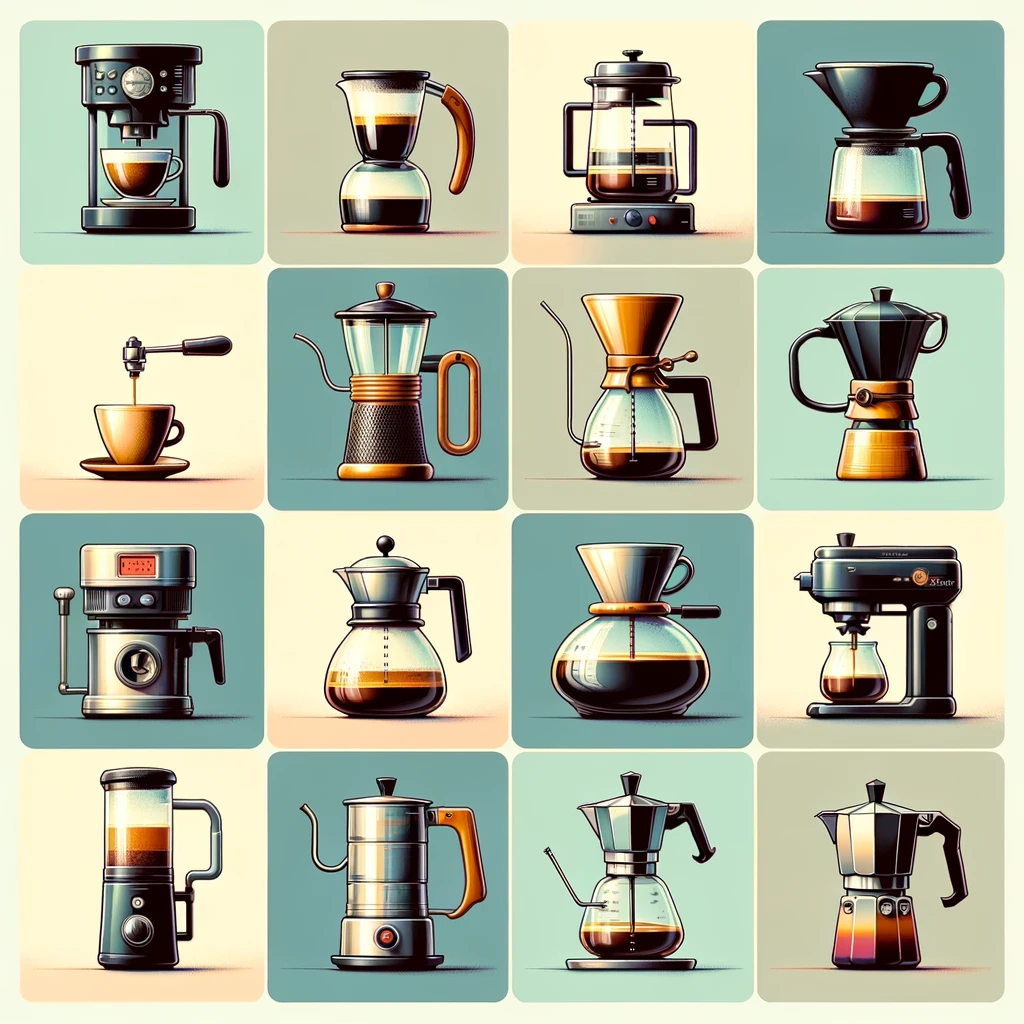

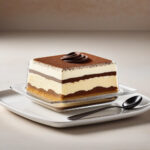


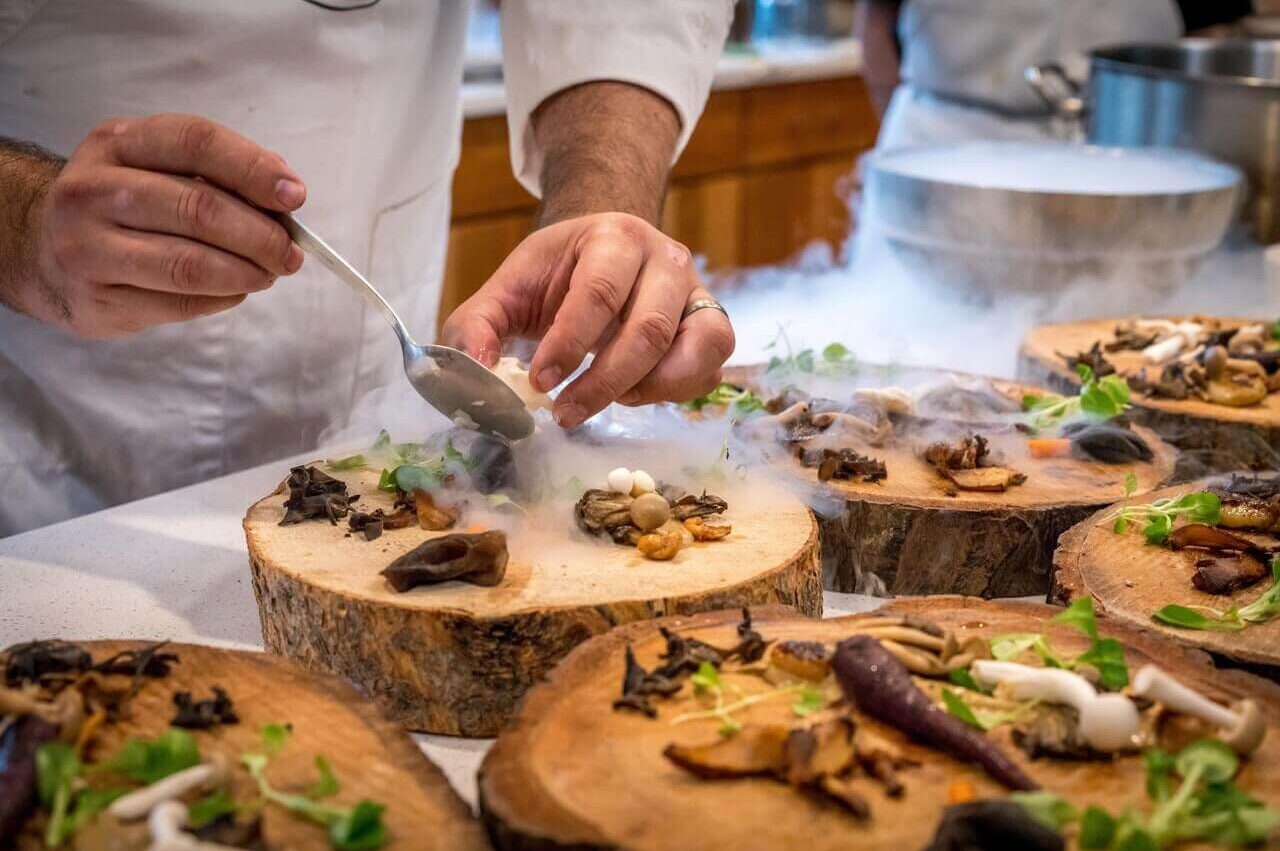
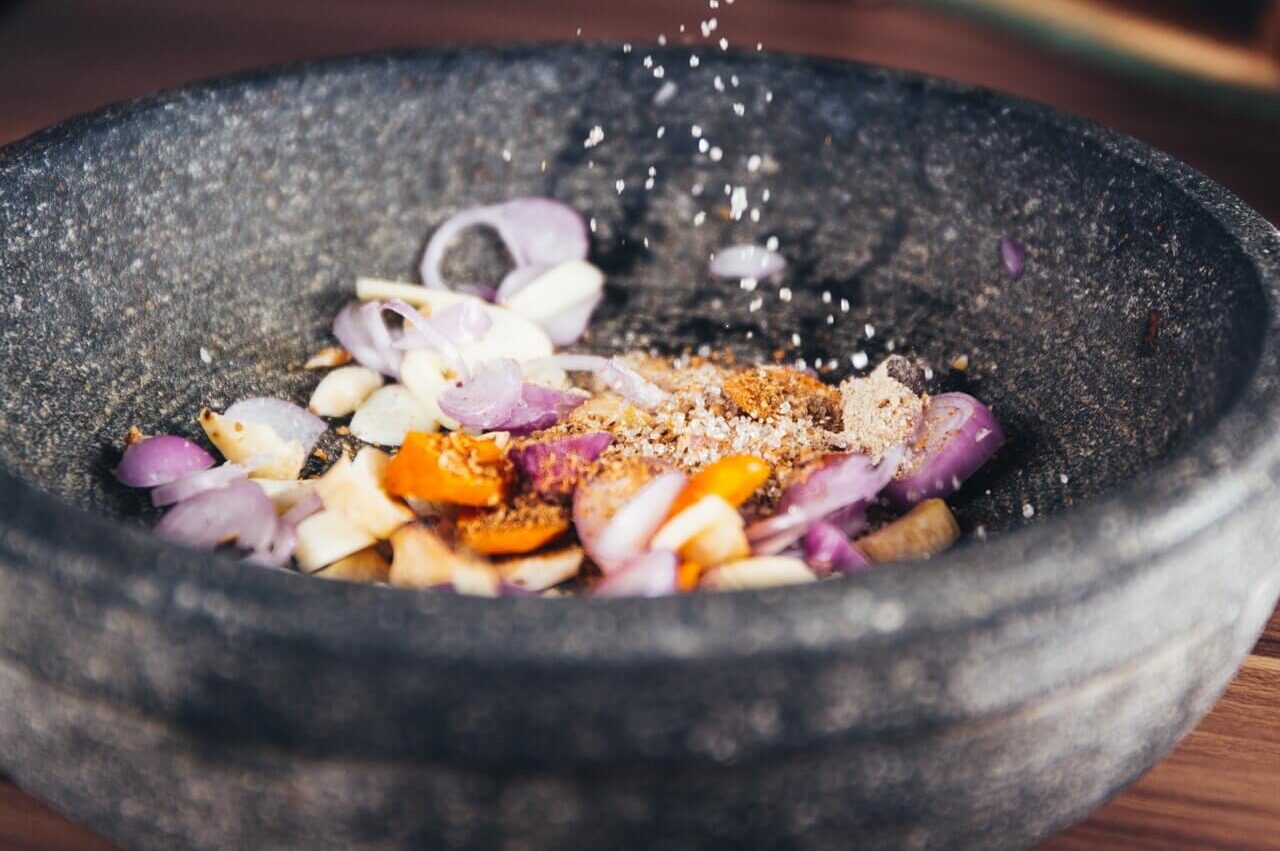
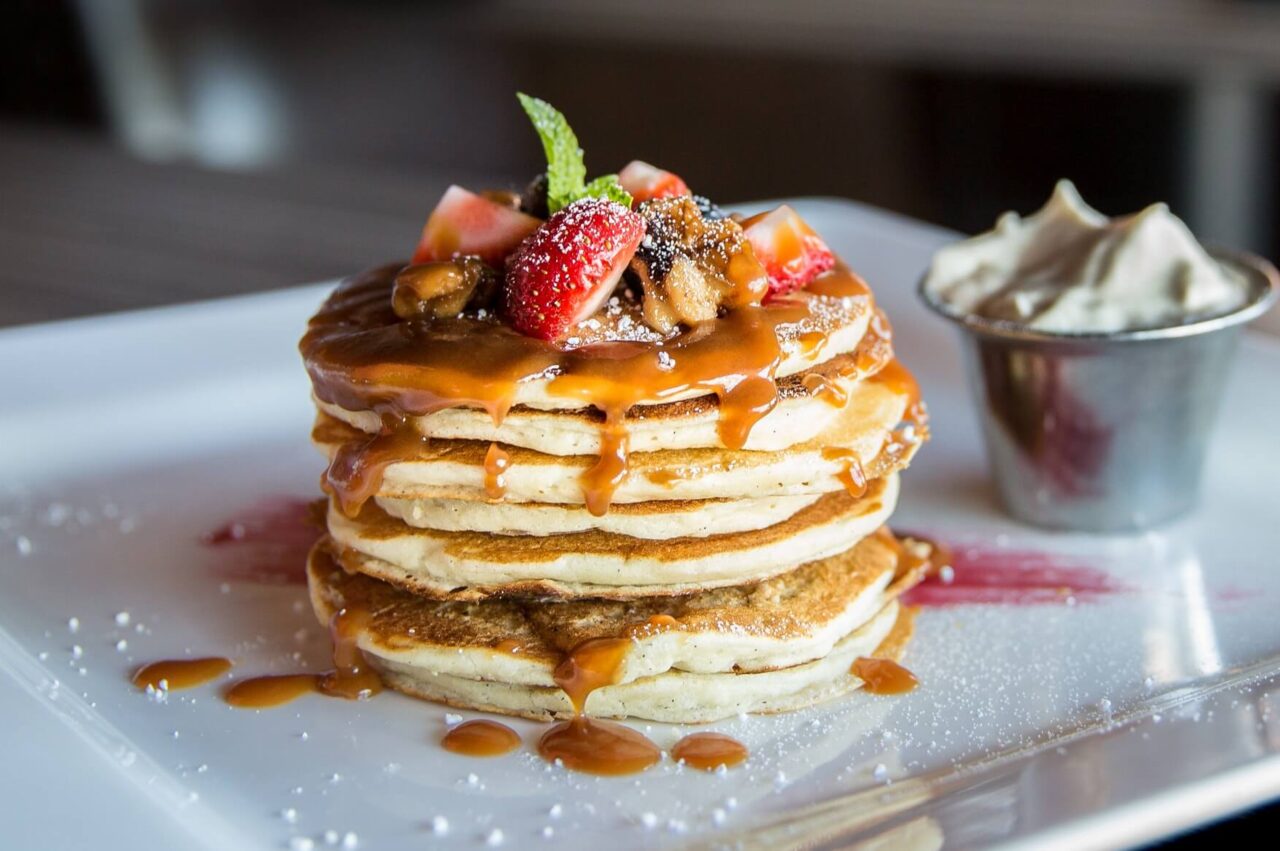
Leave a Reply